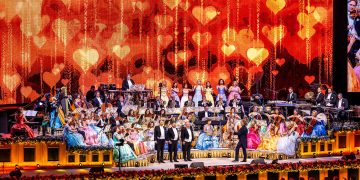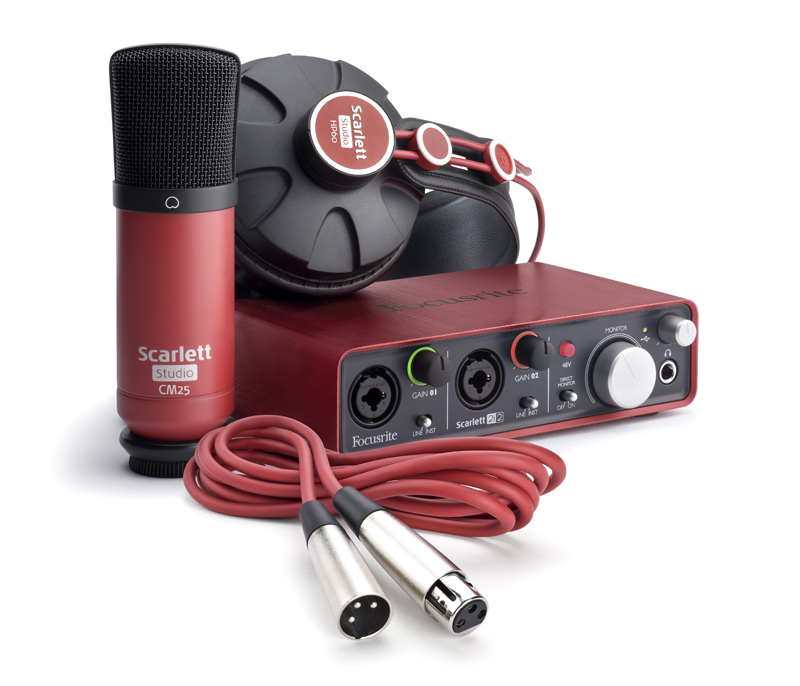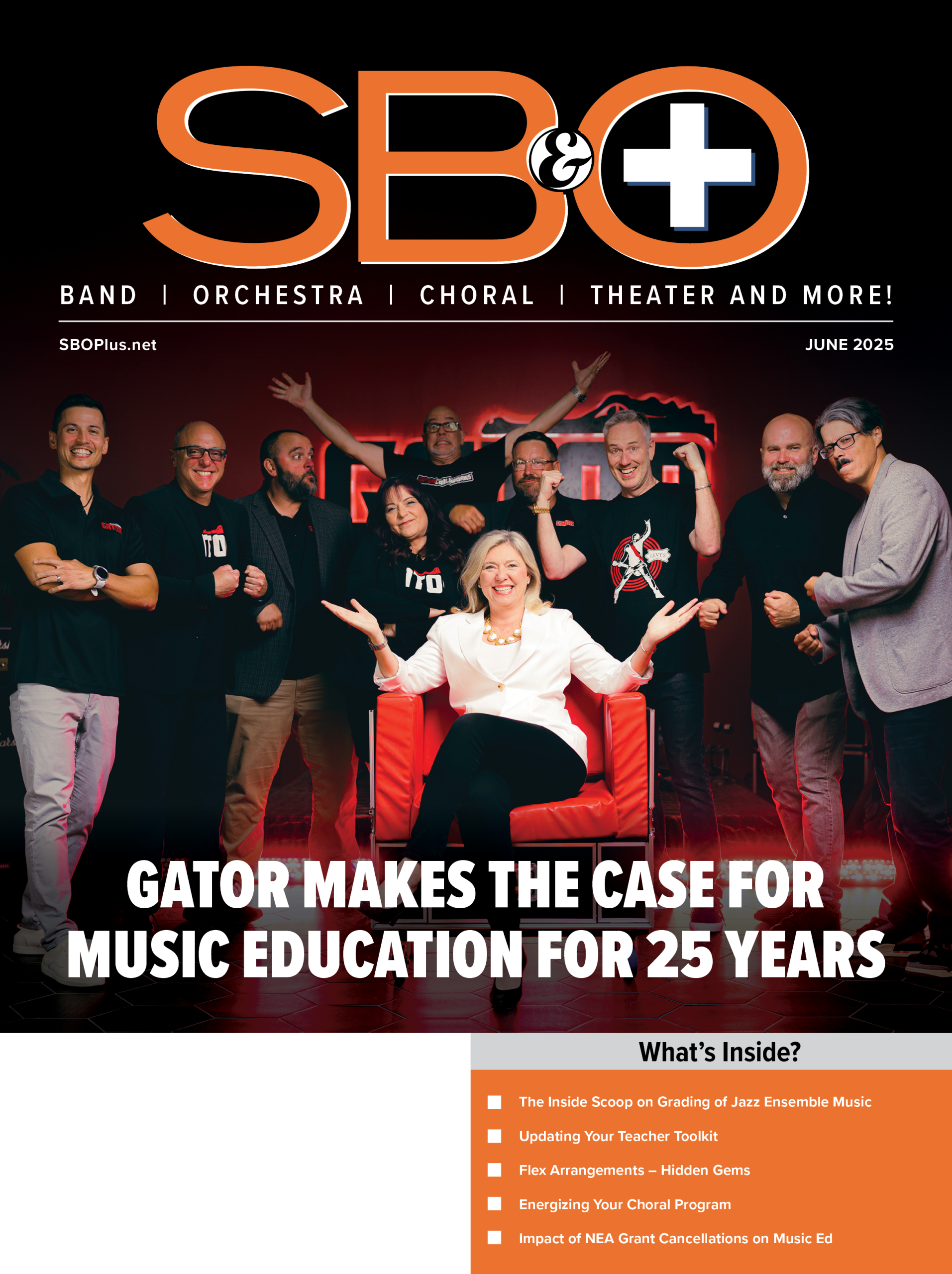If there is a messiah in the world of waltzes that earthbound heavenly messenger comes in the form of the renowned Dutch violinist, conductor extraordinaire and impresario nonpareil André Rieu. The founder of the Johann Strauss Orchestra, an exuberant ensemble of first-class musicians that puts on exhilarating shows, Rieu travels the world bringing joy to the masses in three-quarter time. Rieu not only endeavors to spread the feel- good melodies and rhythms of this venerable art form but to inspire young musicians to discover its incandescent delights and reap the rich educational
rewards it can offer.
The foremost exponent of waltzes today, the charismatic conductor really knows how to put on a show! An André Rieu concert is no ordinary concert; it’s a celebration akin to megaton human fireworks! Whether presented in the sprawling outdoor plazas of great European cities or in huge arenas in major cities around the world, his massively-attended concerts are visual spectacles that dazzle the eyes as much as the ears with their gaily-dressed and inspirited musicians, costumed casts of effervescent dancers and singers, colorful balloons floating bountifully in the air, confetti raining down lustrously from high above, and giant overhead screens magnifying the action on the stage so people in the far reaches of the public squares or venues can share in the revelry of the buoyant music and performances on the stage.
Rieu’s crowds roar with delight when this consummate showman enters the arena or mounts the stage. As he banters good-naturedly with the concertgoers before beginning the program or presenting the next number they beam luminously and laugh jovially.
As Rieu vivaciously conducts or eloquently plays his Stradivarius the audience becomes spellbound. There is frenzied cheering, clapping, jumping, hugging, dancing and singing in the aisles and seats. There is a palpable feeling of merriment in the air and an irrepressible inclination that all who are present are inextricably bound together by the musical magic emanating from the stage. Tears often flow at André Rieu concerts but they are happy tears and tears of love and appreciation for the musicians and singers and dancers bringing the music to life in a grandiose way.
Waltzes may be the signature musical form of this illustrious showman, but André Rieu also offers a potpourri of other styles of music at his concerts, including pop, Broadway, motion picture themes and traditional songs from sundry foreign lands. No matter when or where, an André Rieu concert is an electrifying, enchanting and enthralling musical lovefest for all.
Any young musician who is present at an André Rieu concert or watches his concert videos cannot help but get swept up in the euphoria of the event— witness both the musicians and audience swaying joyfully to the rhythmic pulses of the waltzes in Rieu’s concerts!–and be inspired to hone his or her music skills, from reading to improvising to interpreting and more. Indeed, students who take a deep dive into waltzes may find sundry rewards. For all the glamour and glitz of a concert of waltzes, when you get down to it, it is the music itself that is the star of the show. Like all great music the melodies of waltzes are intoxicating, timeless, universal and memorable. Rieu is passionate in his belief that more emphasis should be given to waltzes in music education and he believes that when young musicians listen to the great waltzes of history they will gravitate to this genre’s artistry and splendor, much like he did as a young student, and even bring the skill and energy and fervor and excitement of playing waltzes to modern-day pop tunes written in three-quarter time.
The spiritual heir to Johann Strauss II and a veritable waltz king of contemporary times, André Rieu is on a mission to see his love of waltzes carry on for generations to come. He knows young musicians are the future lifeblood of this genre and he hopes they will enrich their lives with knowledge and skills of this glorious art form, and that his music will inspire them to take rewarding three-quarter musical journeys of their own. André Rieu graciously took time off from his latest worldwide tour to be interviewed exclusively for SB&O+.
Would you like to see waltzes become a bigger part of academic education today?How could the study and performance of waltzes benefit students today?
That would be a splendid idea! Personally, I believe that there is a secret healing power in the 3/4 rhythm of the waltz: a waltz a day keeps the doctor away. Let me say it this way… my father was a symphony orchestra conductor and his wife, my mother, used to take all her children to her husband’s concerts. The audience sat completely motionless in the chairs until the encores were played! The men and women in the audience, but also on stage, suddenly began to move a little bit to the right and to the left. I was gobsmacked! Was it the music they were listening to that made them move? Later, during my own studies, I regularly improvised melodies on my violin and when I played a waltz, it did the same to me. Since then, I decided to devote myself to playing the waltz. Therefore, I would recommend including waltzes in academic education!
If you were to design a program of study for waltzes in schools today, what would that look like?
I think I would tell the students about the history of the waltz. It has always been a dance, but when Johann Strauss composed and played them, people came closer to each other. That was quite revolutionary! Besides an historical overview, I would let them hear (or play!) some waltzes and let them experience what I felt back then. It’s not only classical music that has a lot of waltzes and 3/4 rhythms in its repertoire; you might think of Cat Stevens’ “Morning Has Broken,” “Norwegian Wood” from The Beatles, and Billy Joel’s “Piano Man.” Maybe students can suggest popular hits themselves; only then, they will discover that there are a lot of waltzes throughout the musical scenery!
With young people gravitating to pop music, what can school band and orchestra directors do to attract students and audiences to waltzes?
Let them all visit one of my concerts, haha! Seriously, try to let them pay attention to its magical worldwide power. It’s not as corny as many people think. And always try to be enthusiastic yourself: whatever you radiate to others, you will receive that back. The same goes for my own concerts: when we have fun on stage, my audience has a lot of fun too. It’s so important to be honest about your feelings.
What role did waltzes play in the 19th and the early 20th century?
The waltz was very important in the 19th and early 20th centuries: many composers had discovered that it was a special rhythm. It was, so to say, the pop music from those days. The “Flower Waltz” from Tchaikovsky’s Nutcracker is an outstanding piece of music, for example. Johann Strauss, Jr.–the real King of the Waltz composed more than 150 waltzes alone; for me, that’s the proof that the 3/4 rhythm was something quite sensational! He even made Queen Victoria dance throughout the whole night, when the complete royal court already had gone to bed.
What drew you to waltzes and forming the Johann Strauss Orchestra?
It was because of the encores my father played after the regular concerts, containing, let’s say, a Mahler or Brucker symphony. These encores were most of the time two or three waltzes which made the audience move in their chairs. Their mysterious effect had a huge impact on me and later, I decided to have an orchestra of my own that I could travel the world with. And what would we play? Yes, Johann Strauss waltzes!
Having founded and led the Johann Strauss Orchestra, what are some things you have learned about waltzes and the public appreciation for them?
I have learned I want to do this for the rest of my life. I can’t imagine anything else that would bring me more joy. Music is like oxygen for me, I simply can’t live without it. I’m planning to become 140; I just turned 75 so I’m only halfway there… It’s my biggest wish to do this for as long as it’s possible and if my health enables me to do this. How do you select repertoire for a concert? I choose all the melodies with my heart; as soon as I’m touched with a certain melody, I know my orchestra and my audience will embrace these melodies as well. Together with my wife Marjorie and my oldest son Marc, our creative consultant (who has an impressive knowledge of film and classical music), I make a selection for a new album or a new tour.
How do you come up with ideas for your musical extravaganzas and what could school band and orchestra leaders do to make their concerts of waltzes extra special?
My orchestra is a real mixture of nationalities. When we visit a new country, one or more members of my orchestra come up with ideas for certain melodies which we could play in their home country. One of my sopranos is from Greece and she suggested a magnificent song everybody recognized instantly when we were in Greece earlier this year. School bands and orchestras could be an international mix as well; music is all about harmony, in all the meanings of the word. Besides Johann Strauss, what other waltz composers should educators introduce to their students that would enhance their appreciation of the genre? It’s all up to the educators, of course. I would suggest composers like Tchaikovsky, Shostakovich, Prokofiev and Ravel. The latter composed “La Valse,” his own tribute and homage to his fellow composer Strauss. But also guys like Chopin and Schubert, who wrote waltzes for the piano.
Besides Johann Strauss, what other waltz composers should educators introduce to their students that would enhance their appreciation of the genre?
It’s all up to the educators, of course. I would suggest composers like Tchaikovsky, Shostakovich, Prokofiev and Ravel. The latter composed “La Valse,” his own tribute and homage to his fellow composer Strauss. But also guys like Chopin and Schubert, who wrote waltzes for the piano.
The Blue Danube
The Second Waltz
Emperor Waltz
Valse Triste
The Marino Waltz
The Skaters Waltz
La petite Valse
Coronation Waltz
The Merry Widow
That’s Amore
The Godfather Waltz
It’s the Most Wonderful Time of the Year
Edelweiss
Grande Valse Viennoise
Flower Waltz
Gold und Silber
Schatz-Walzer
Sportpalast Waltz
And the Waltz Goes On
Roses from the South
Links to videos:
Andre Rieu website:
https://www.andrerieu.com/en
Concerts and recordings (a small sample):
https://www.youtube.com/watch?v=K80cSfaCBQk
https://www.youtube.com/watch?v=F44HIzt3qU0&t=5s
https://www.youtube.com/watch?v=HUUDSY0XjOg
https://www.youtube.com/watch?v=fd16sNr9T2Q&list=PLbv4mtcyLmhKdUwH-nth1qD2asaJD3rTH
https://www.youtube.com/watch?v=mjLrD5JKp88
https://www.youtube.com/watch?v=YB0wMEt-4-M
https://www.youtube.com/watch?v=vIlxUPU_yr4
https://www.youtube.com/watch?v=GtCqCVqTks0
https://www.youtube.com/watch?v=fd16sNr9T2Q
https://www.youtube.com/watch?v=EBLaMmxyibE
https://www.youtube.com/watch?v=n81lm3G7A3Y
https://www.youtube.com/watch?v=9t6AV65DL1U
https://www.youtube.com/watch?v=ZeRn8-KCULg
https://www.youtube.com/watch?v=VXG8QUW27ag&t=411s
https://www.youtube.com/watch?v=GtCqCVqTks0&t=2998s
https://www.youtube.com/watch?v=sGb2G-wNkGI
https://www.youtube.com/watch?v=YB0wMEt-4-M
https://www.youtube.com/watch?v=_JQJJzPsc6g
https://www.youtube.com/watch?v=lI9mLhI_Sgs&t=4515s
https://www.youtube.com/watch?v=foABml-23wU
https://www.youtube.com/watch?v=DdJqUzw61qo
https://www.youtube.com/watch?v=1-o6VQvE1fE
https://www.youtube.com/watch?v=jZC-Gu38IXw
https://www.youtube.com/watch?v=bc6mCw1cpFg
https://www.youtube.com/watch?v=28YqsFCOPtg
https://www.youtube.com/watch?v=isvt802U8BY
























